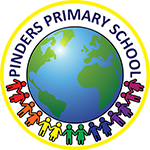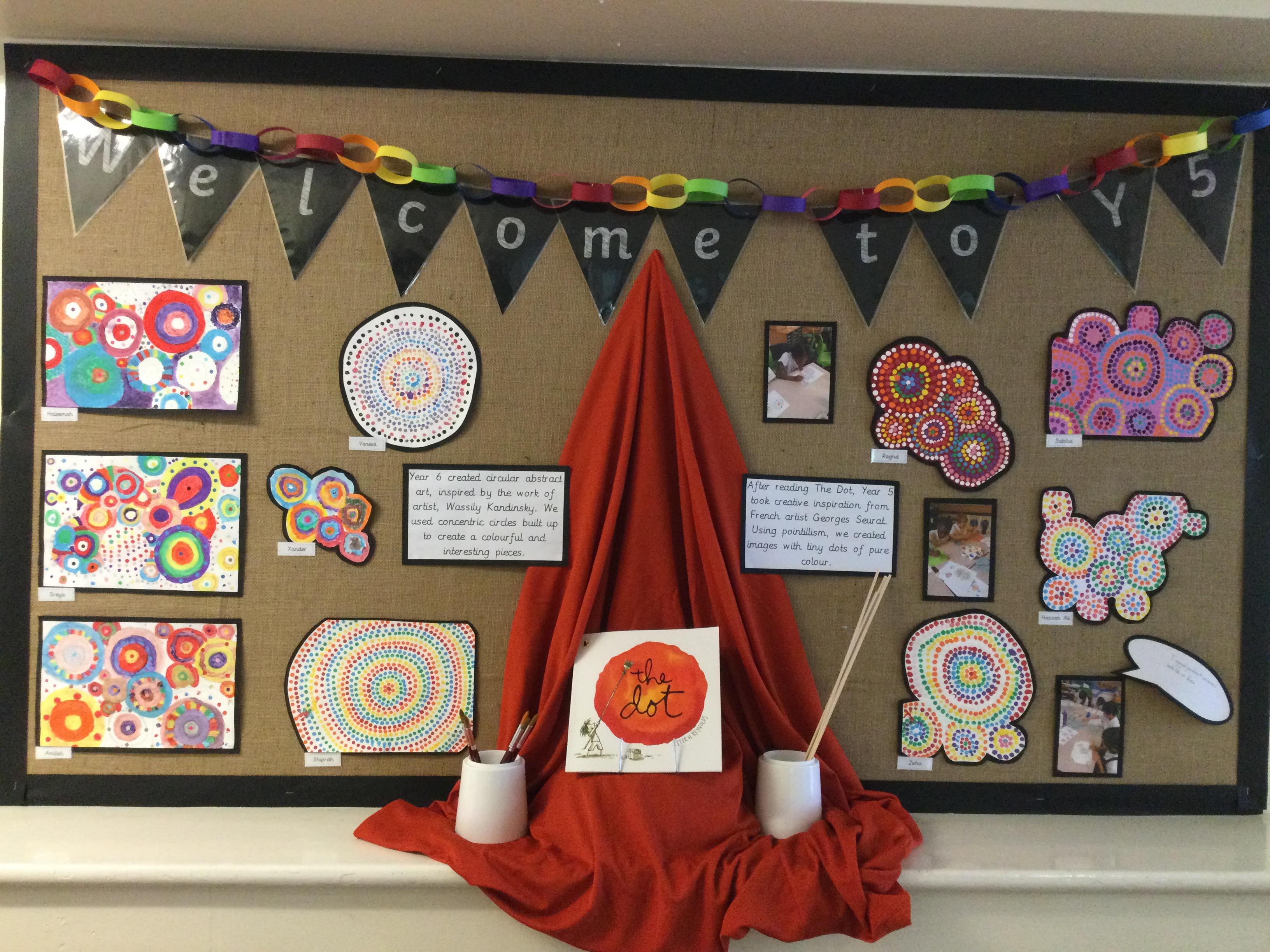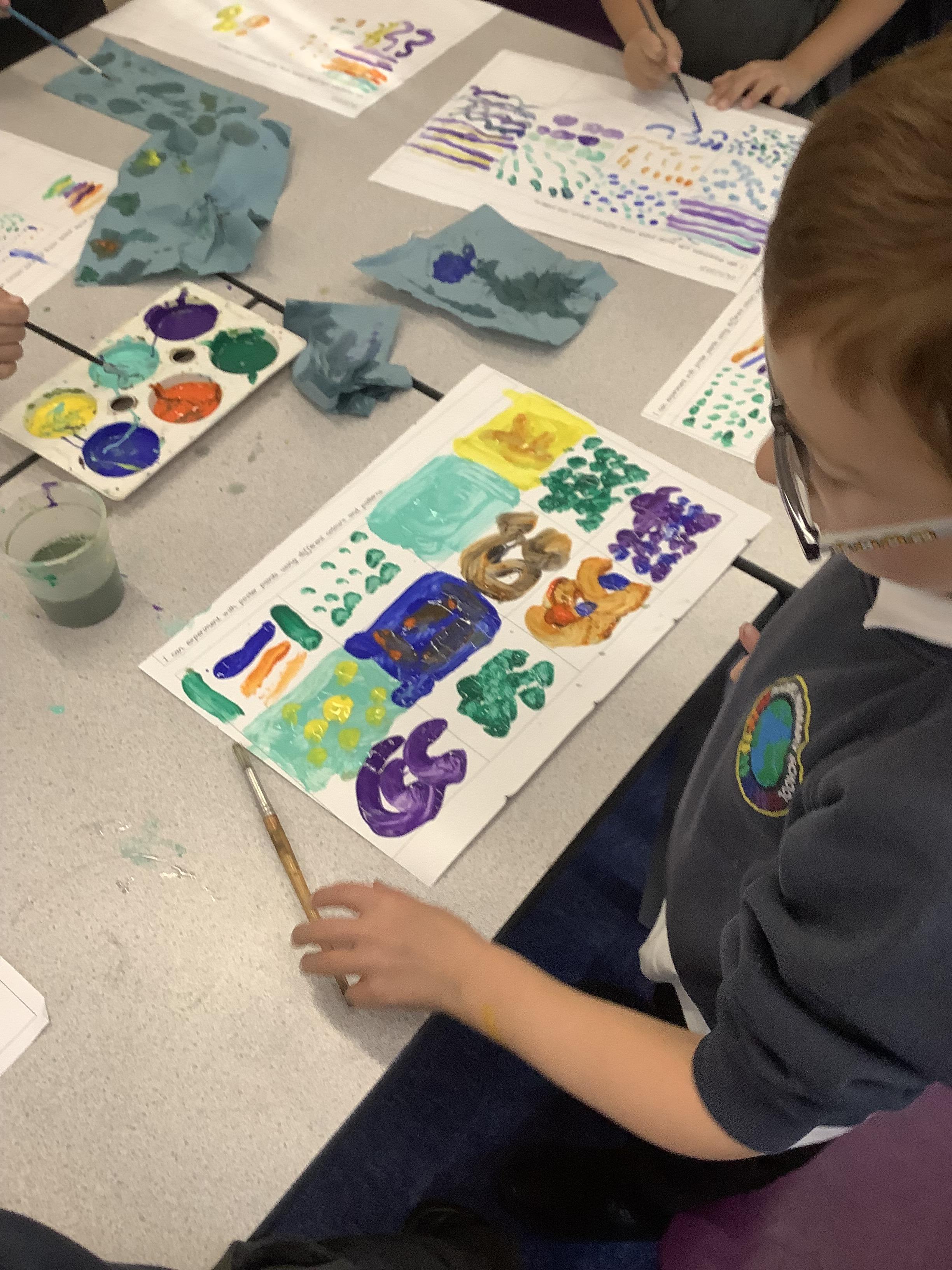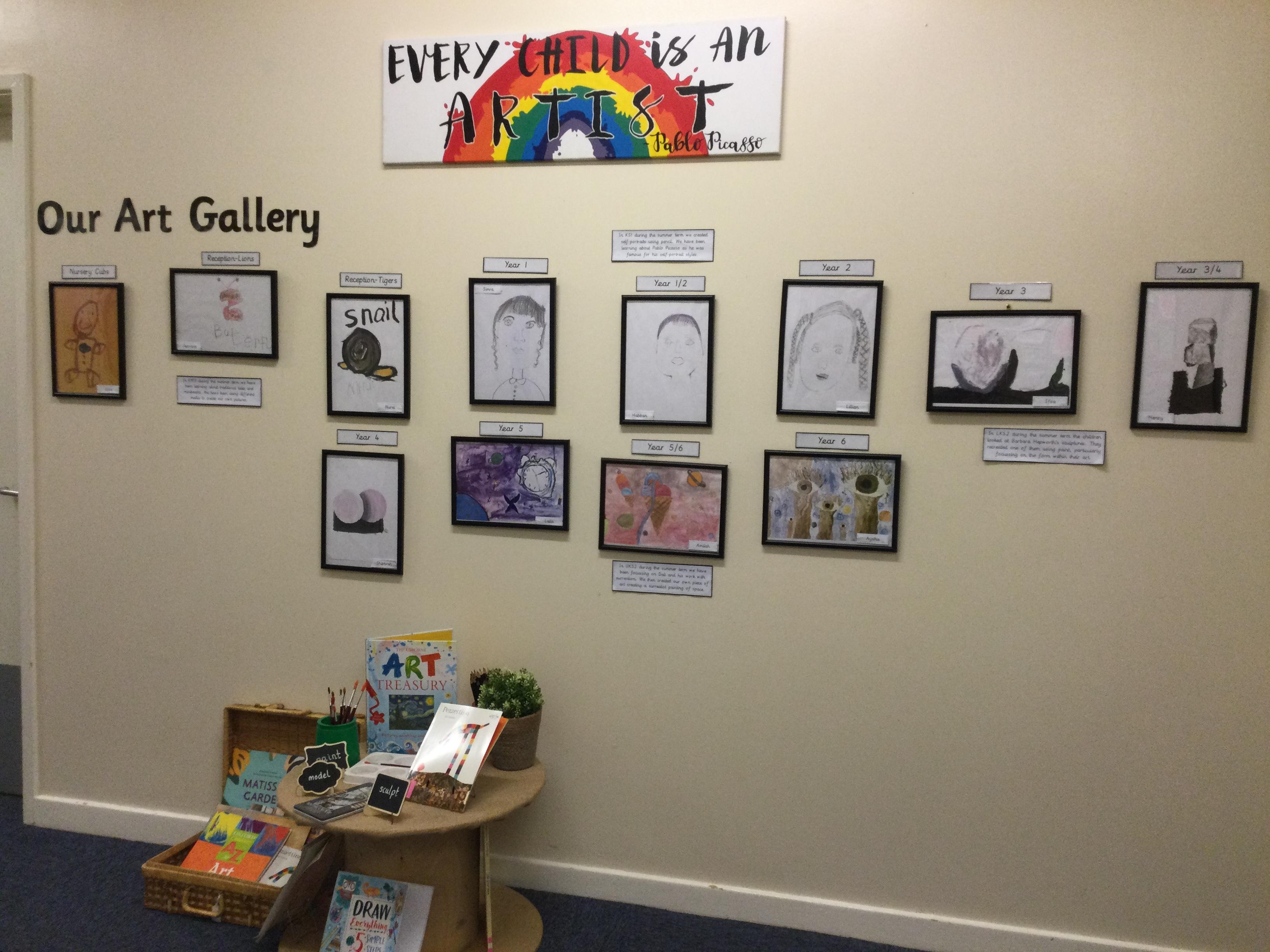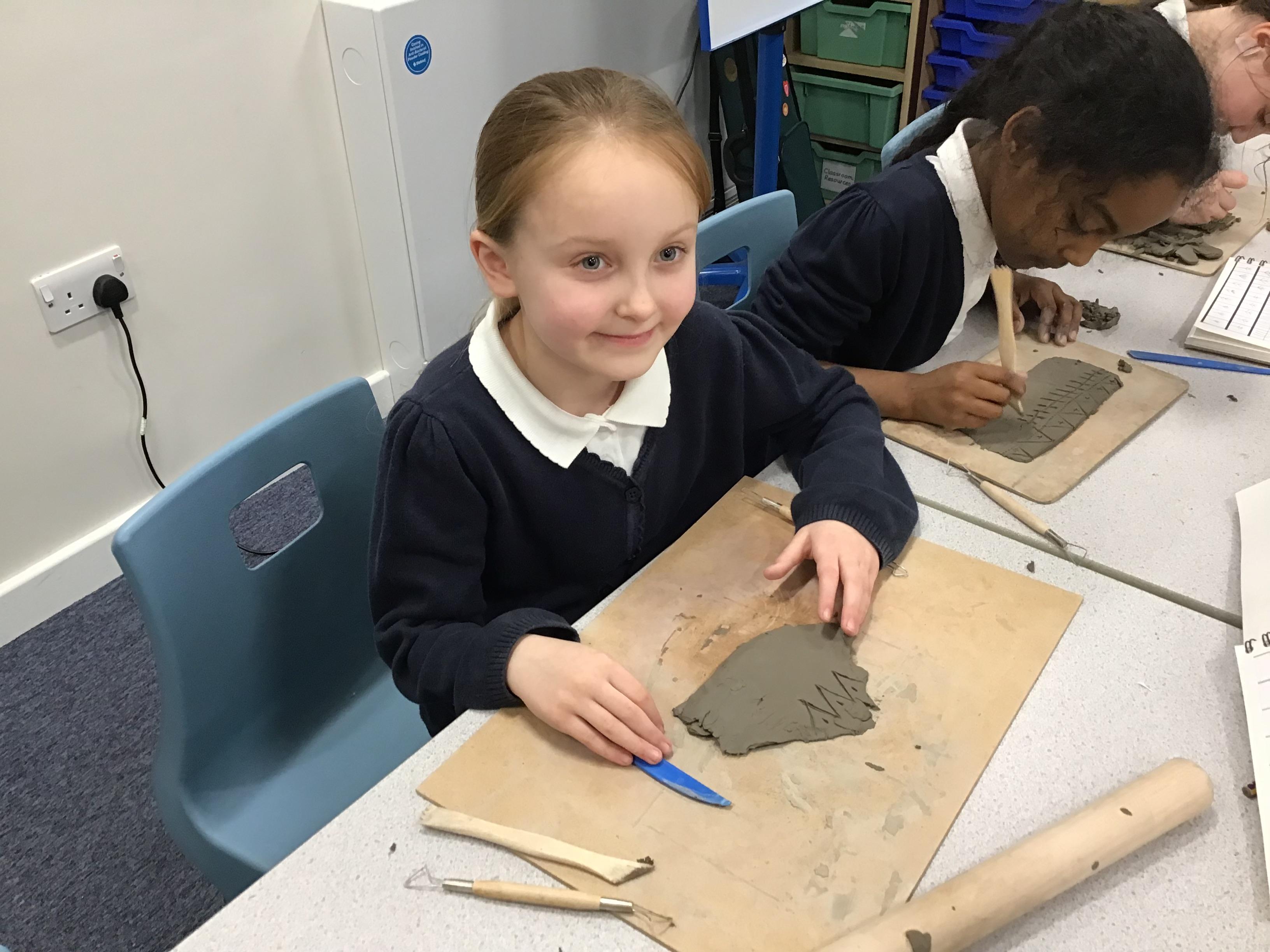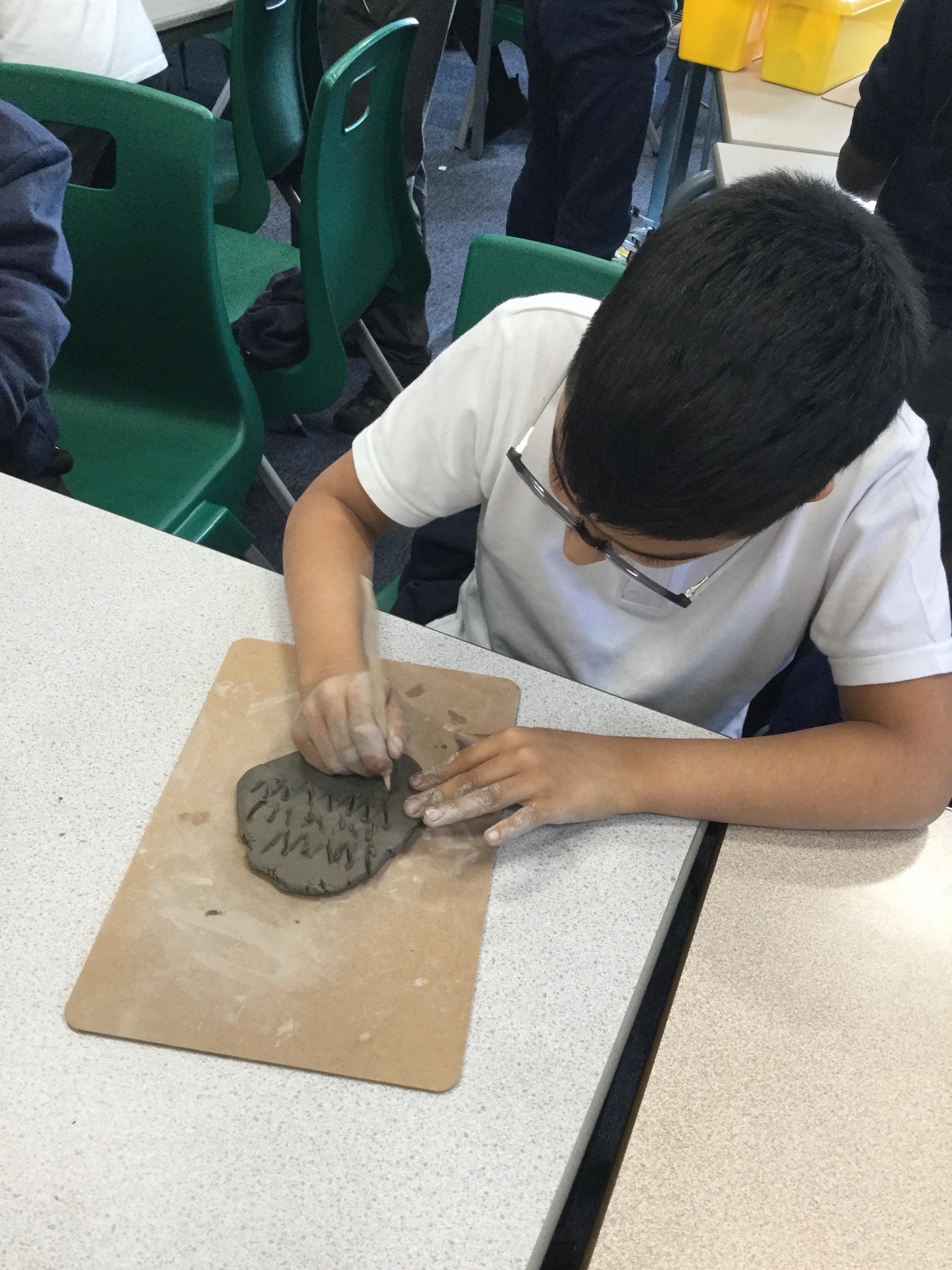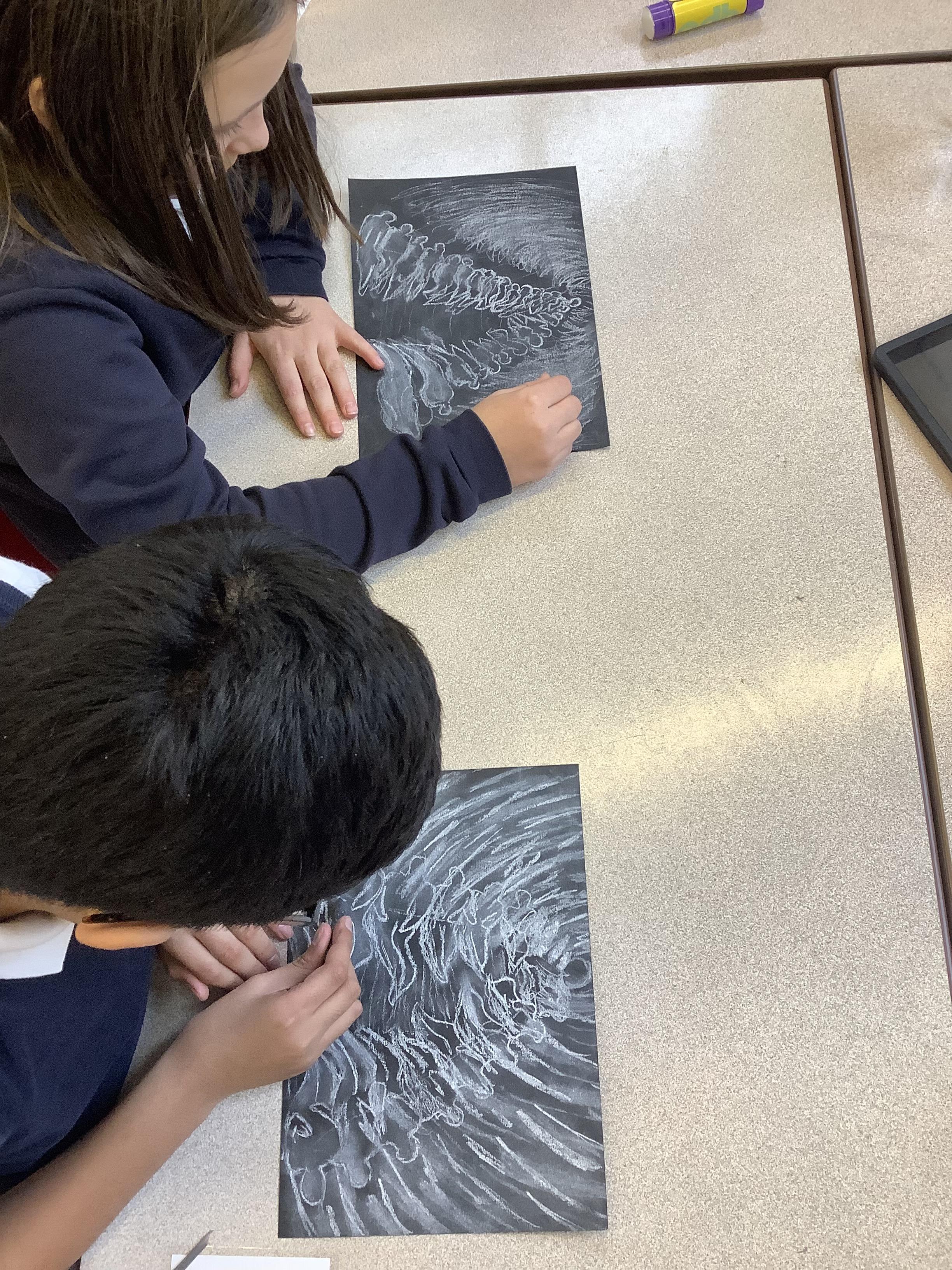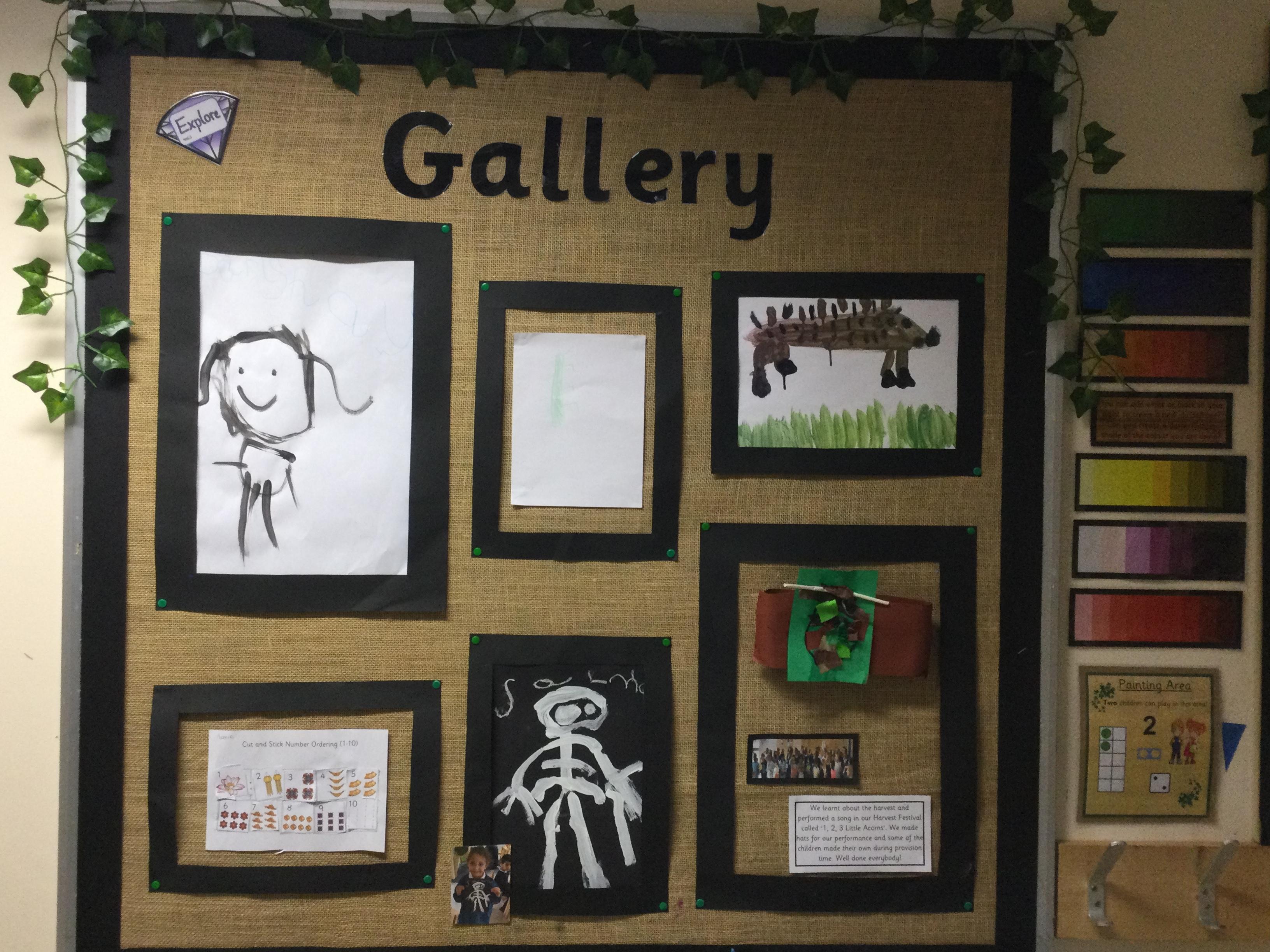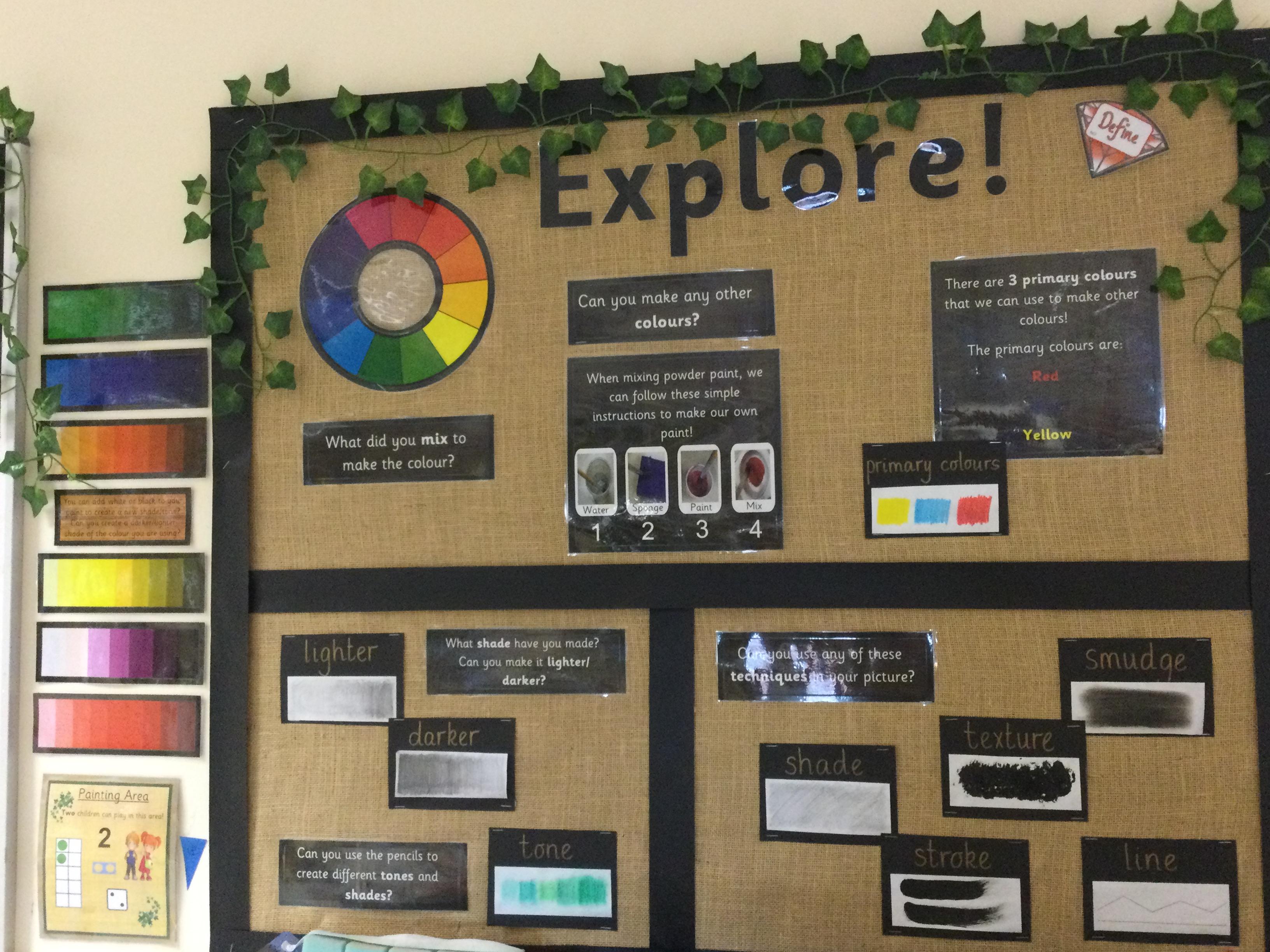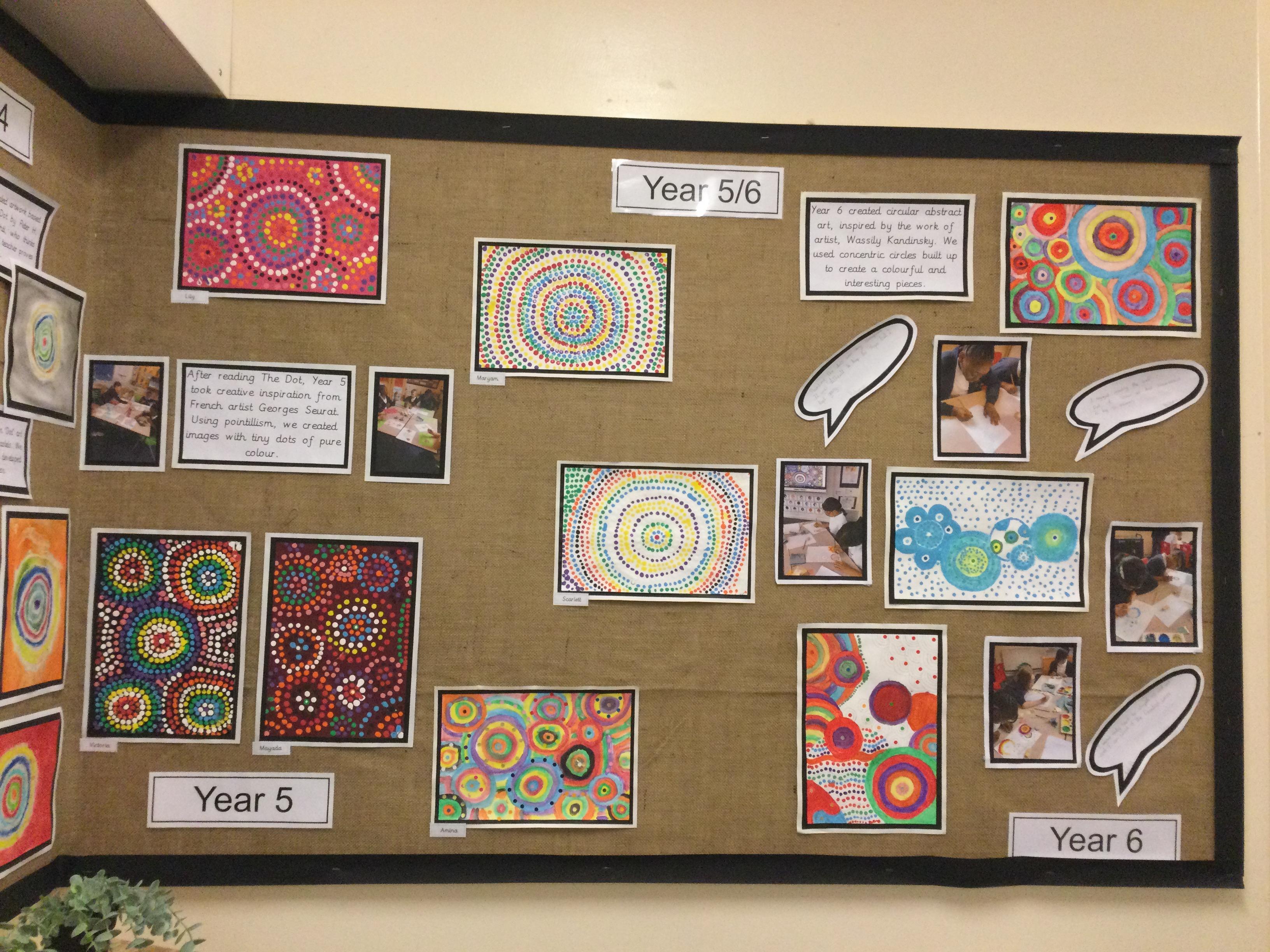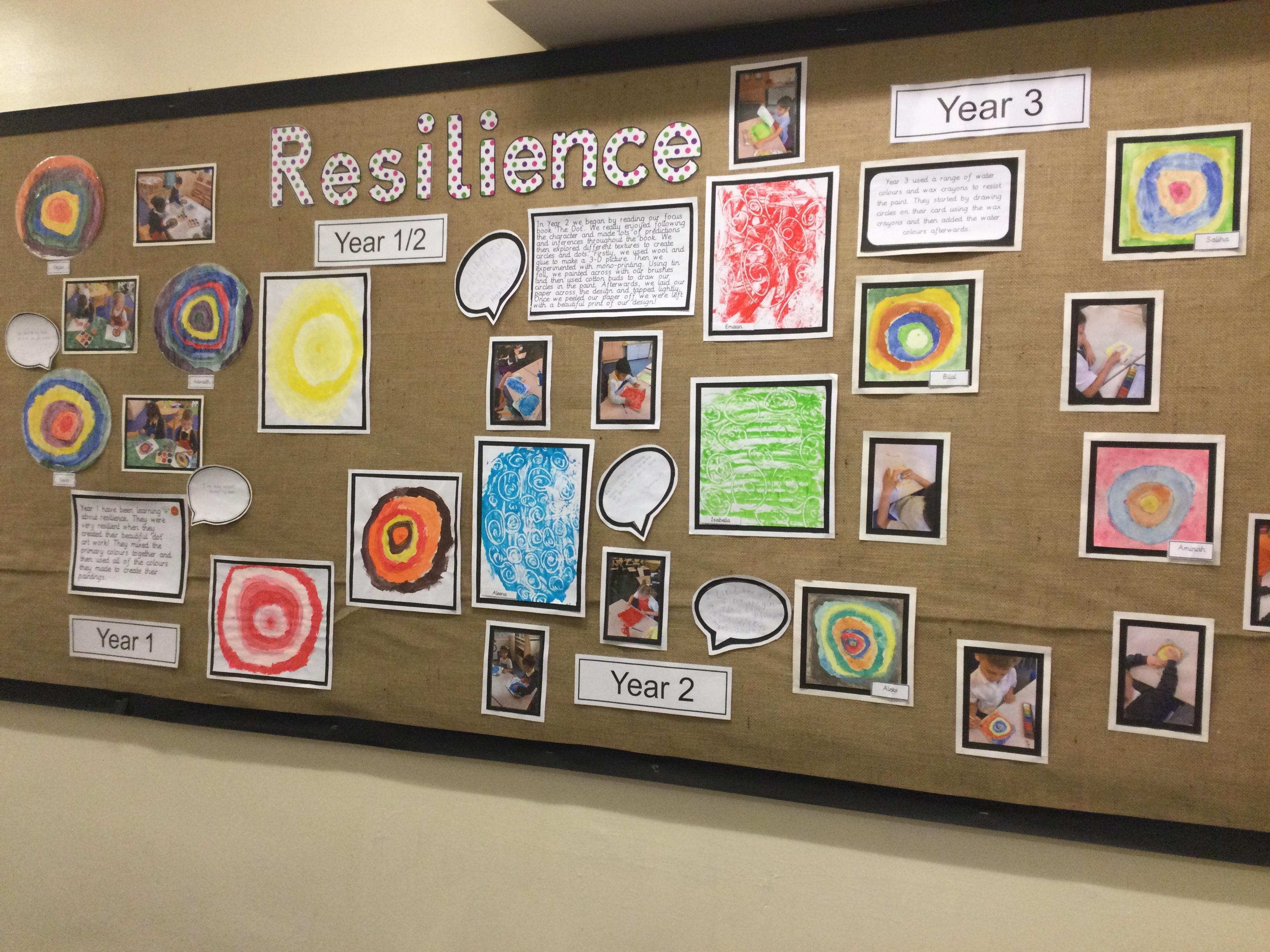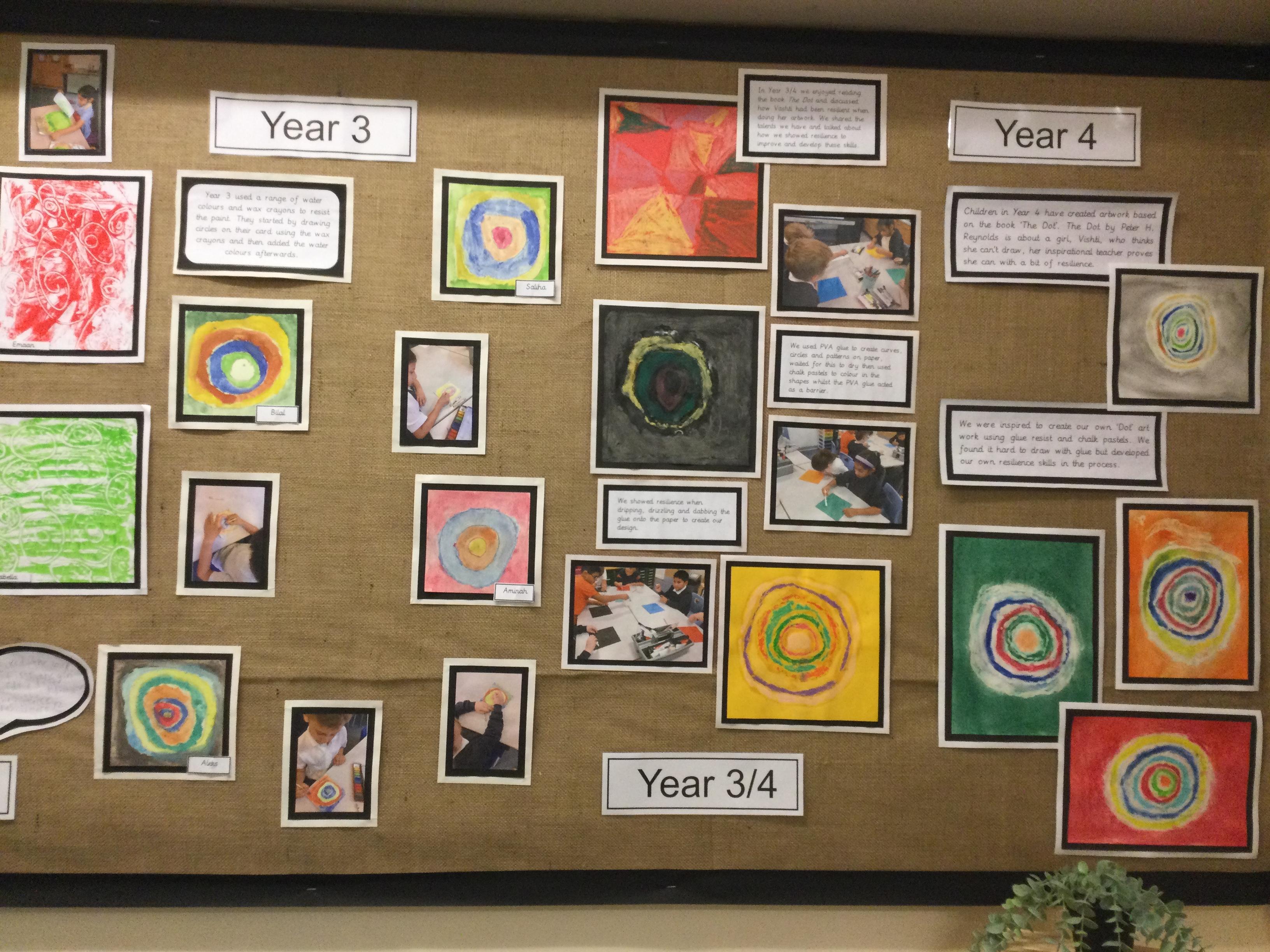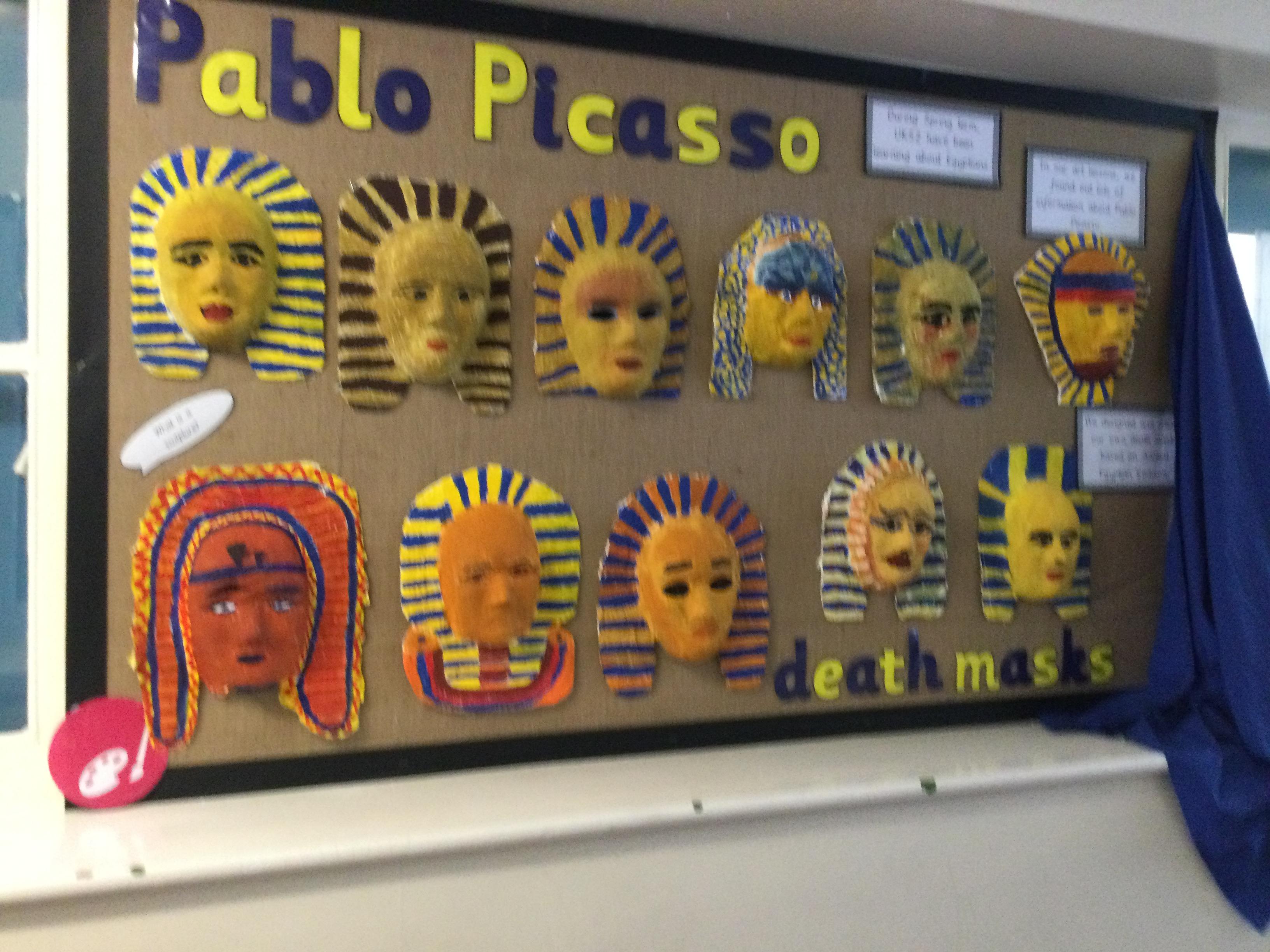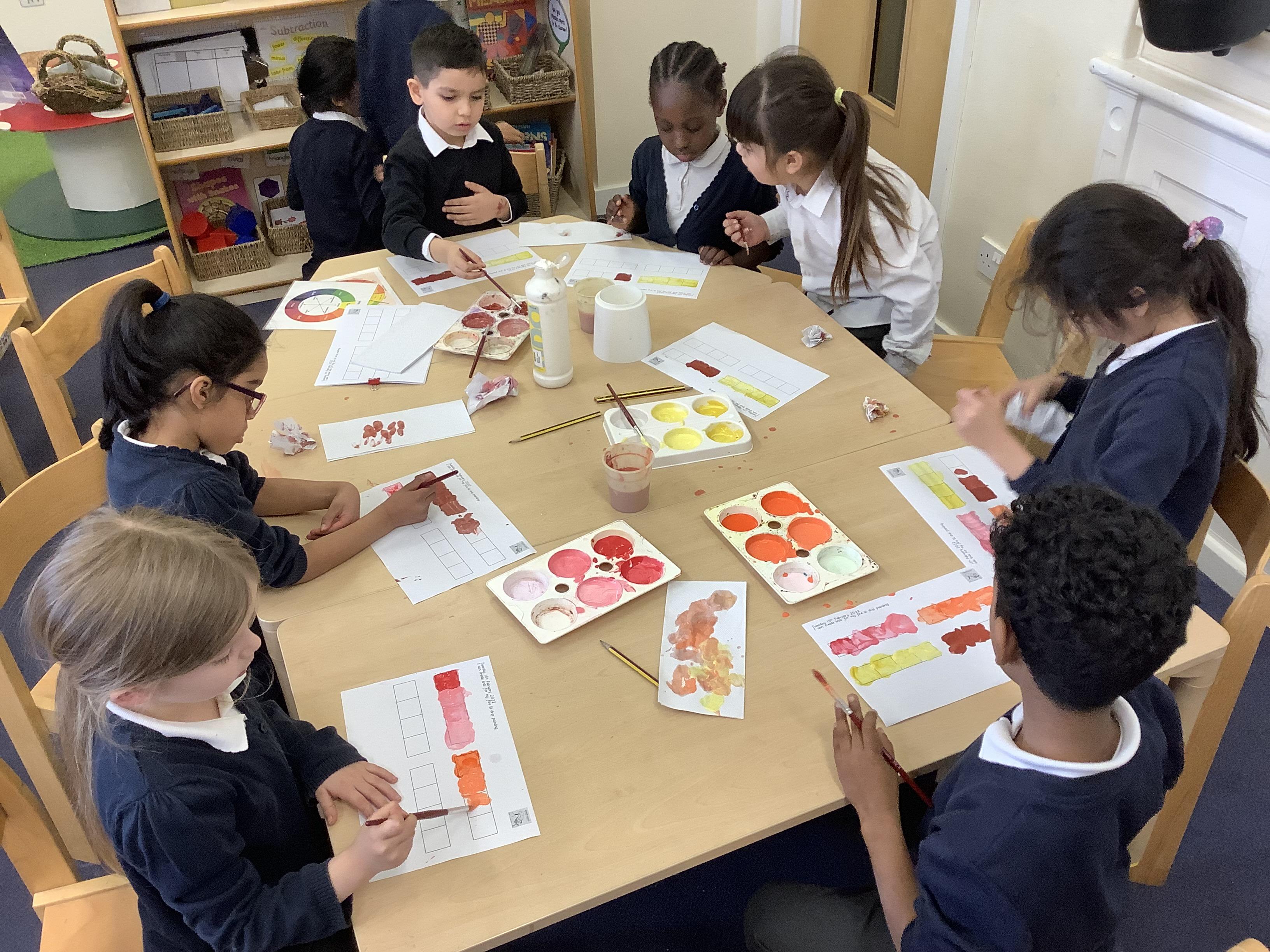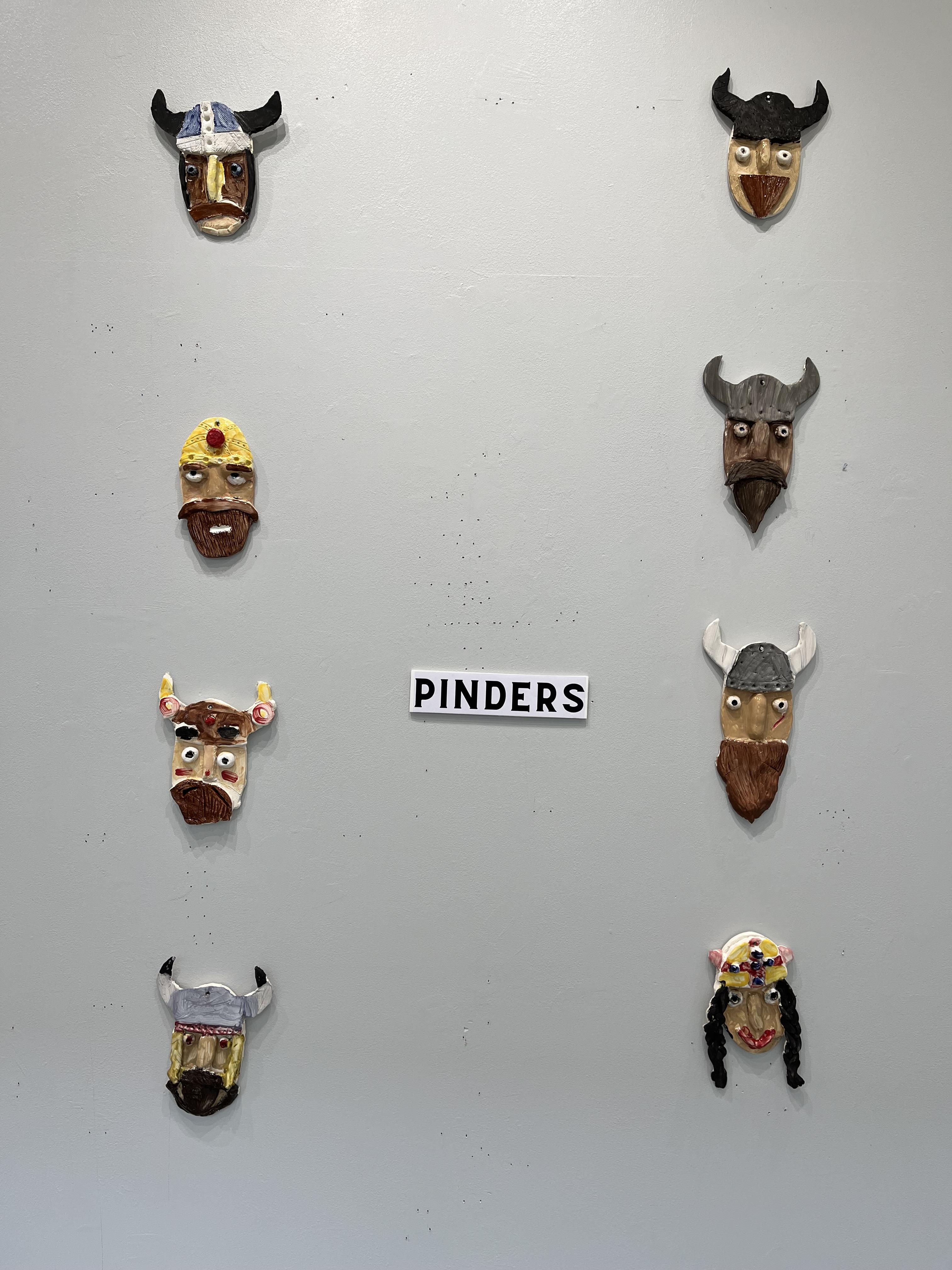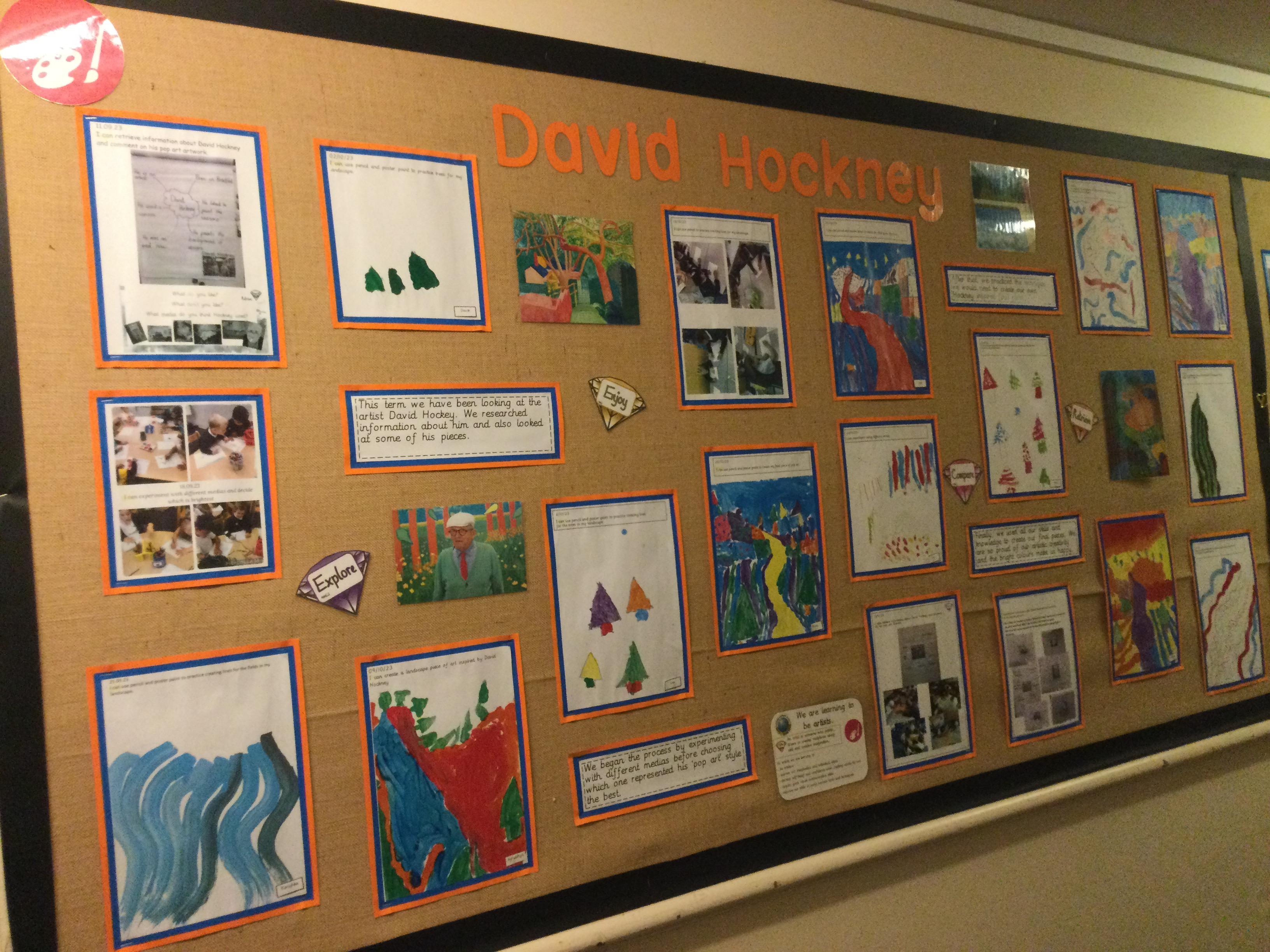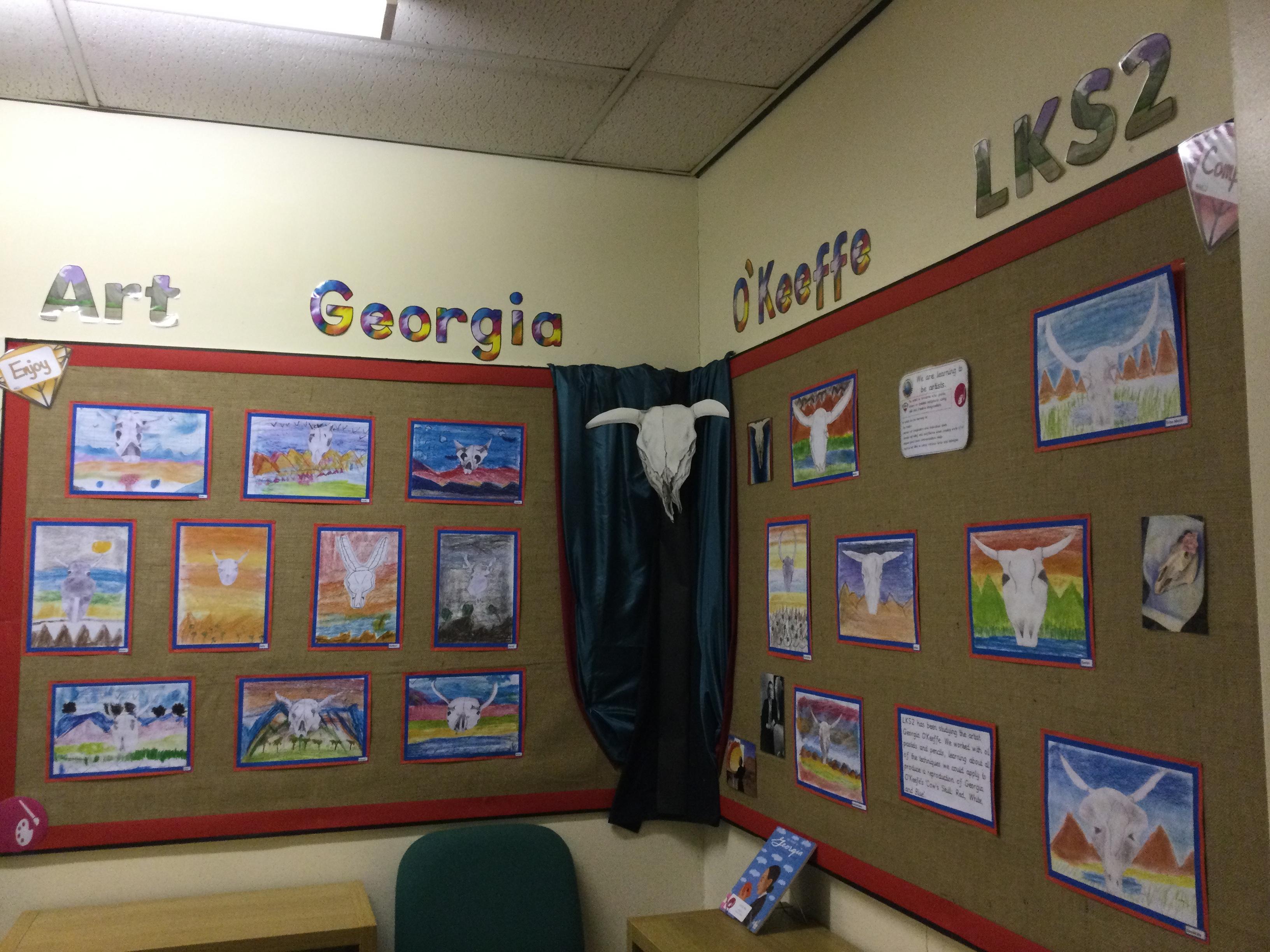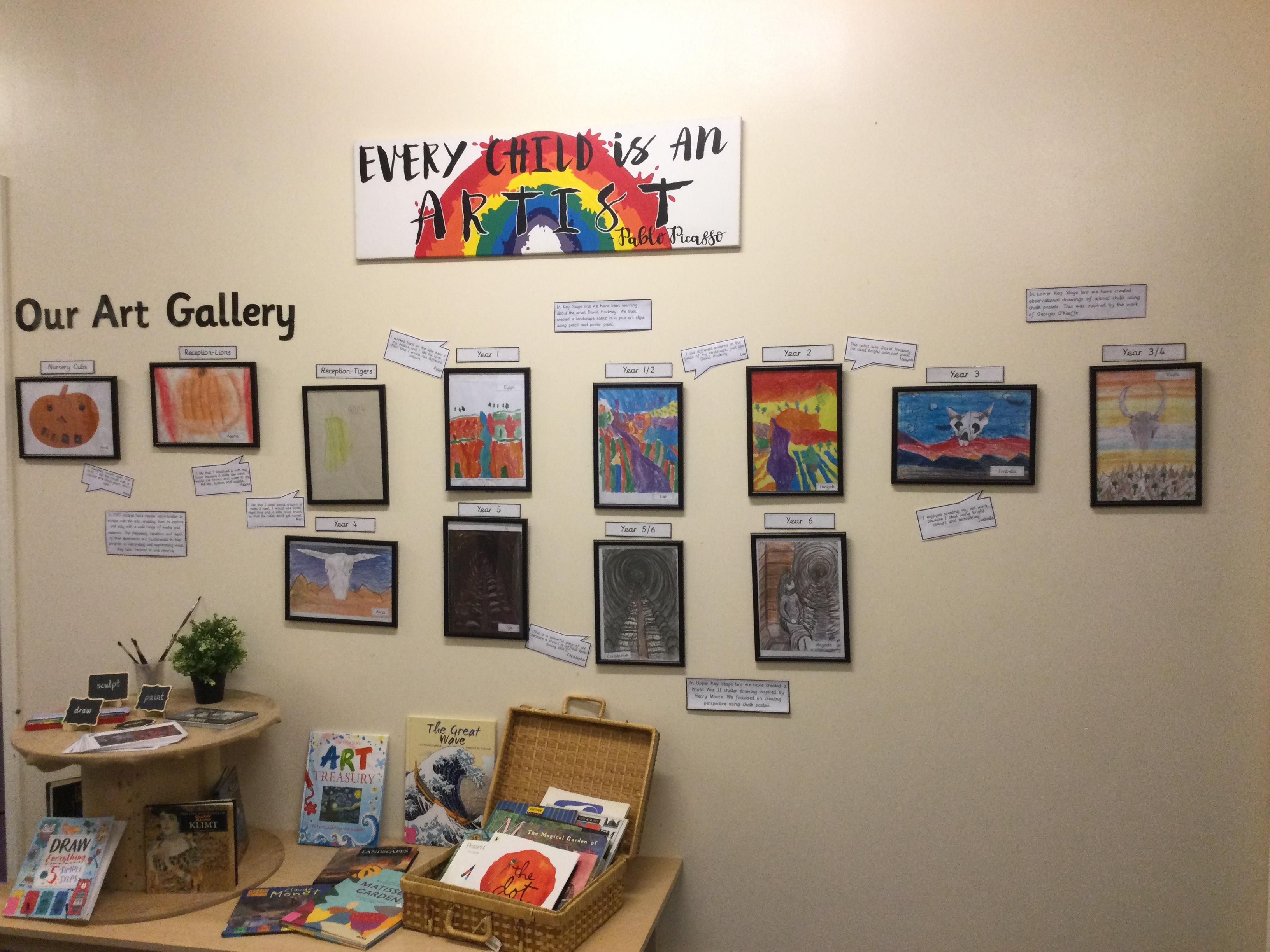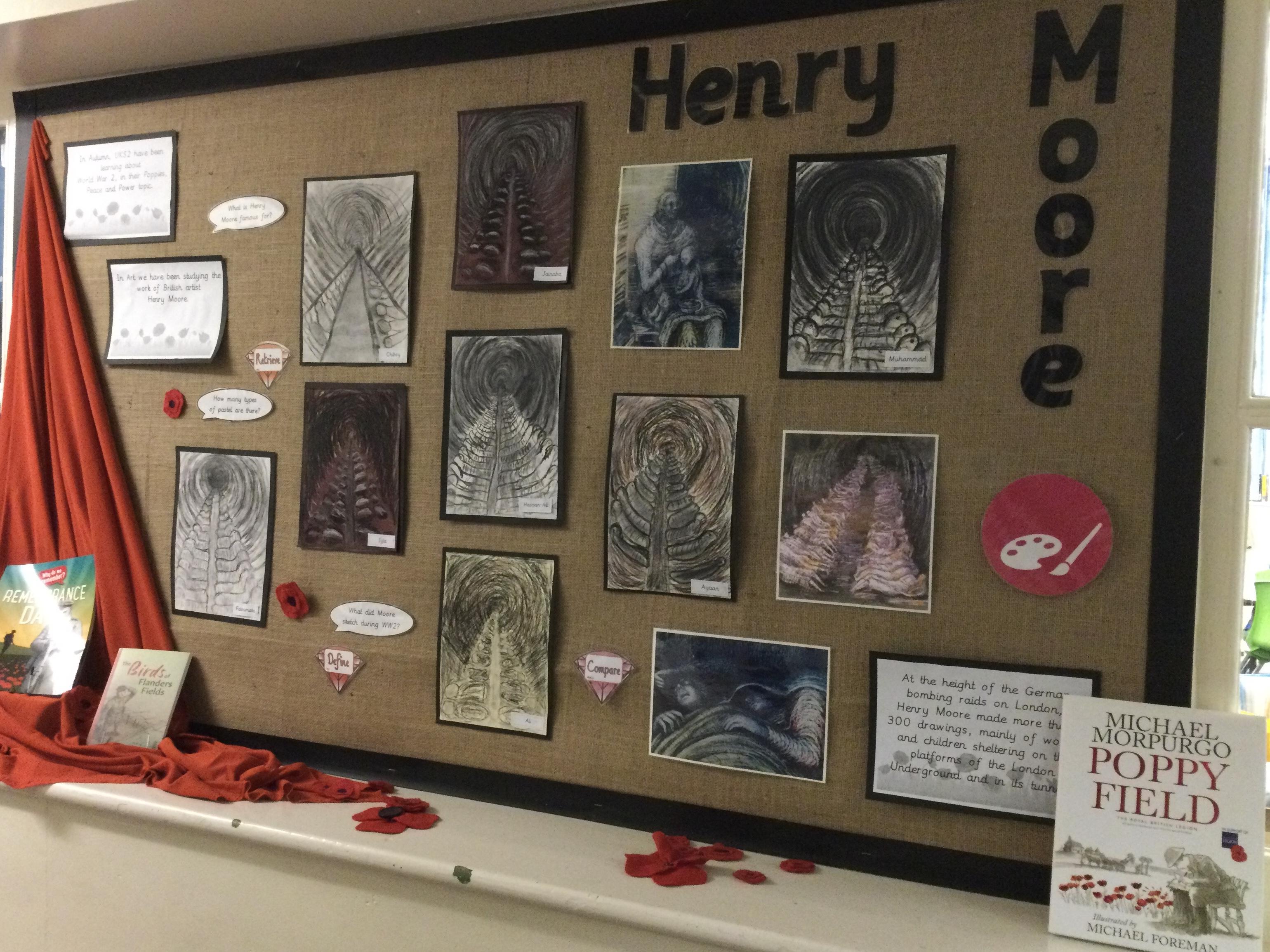Art
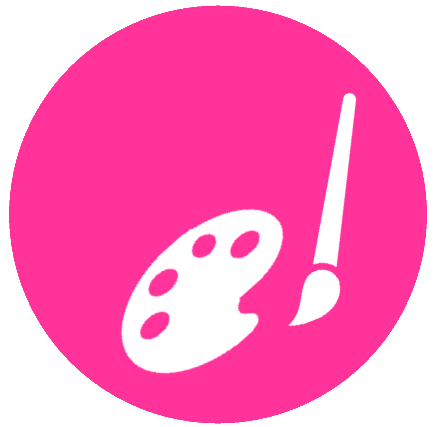
Art
"Every child is an artist."
Pablo Picasso
Subject Leader: Mrs Edwards
Subject Governor: Mrs Pickering
Curriculum Intent
At Pinders Primary School we are fortunate to be located in the same area where Barbara Hepworth was born. This is an inspiration for our community to draw upon as artists. The intent of the art curriculum is to engage, inspire and challenge children's creativity and imagination; whilst equipping them with the knowledge and skills to experiment, invent and create their own works of art. Children are introduced to a variety of media and are supported in developing the skills to use them independently. A carefully planned curriculum ensures the children have opportunities to revisit and build upon their existing art skills and knowledge throughout the key stages. Art is used as a tool to develop resilience and self-esteem.
Children are introduced to a range of diverse artists; including local artists, their works and their varied styles of art throughout the curriculum. This includes art in the local area, ensuring that children have knowledge of this within their community. Children are encouraged to express their feelings and opinions about different works of art, and value that these may differ with others.
Aims in teaching art at Pinders Primary School:
We aim:
- To provide a broad and balanced curriculum
- To give children opportunities to develop new skills and techniques
- To provide opportunities for children to experiment with media and techniques
- To show a progression of skills through the work produced
- To develop resilience and self-esteem throughout practising arts
- To value and celebrate diversity in art
- To ensure that all children have equal access to the art curriculum
How is the content/theme chosen?
We teach art through a themed approach to enable children to embed learning and make connections throughout the wider curriculum. Art themes have been chosen to make effective links within topics across the key stages. The curriculum ensures that prior knowledge and skills are built upon within each year group. The content is ambitious and reflects expectations in the National Curriculum programmes of study and Early Years Foundation Stage (EYFS) framework, which engage and inspire our children. We have carefully selected topics and themes based on our community and the interests of our children.
Our Statutory National Curriculum Programme for Art
How is the subject taught?
At Pinders Primary School a clear and comprehensive scheme of work in line with the National Curriculum is in place. A two year, long term rolling programme maps out the coverage of the discrete teaching and learning opportunities for children to use and explore within art. The programme ensures that skills and knowledge are built upon throughout each key stage.
At our school, we follow the art programme of study and have tailored it to meet the needs of our school and community. Literature is imperative within the art curriculum and each topic has books to support and encourage further research.
Art is taught over a half term on a weekly basis, focussing on a significant person and specific outcomes of skills and knowledge. The children are provided with knowledge organisers providing them with key information at the beginning of the teaching block. These also provide children with the key vocabulary and definitions required. During art teachers model the skills and techniques and allow time for children to develop these; this is usually done using a step by step approach to allow children to consolidate and build upon their skills.
How do we ensure progression of knowledge and skills?
The curriculum is mapped out to ensure that children are building upon each art skill throughout the two year long term plan. Children's knowledge and skills are assessed during each art topic. Any misconceptions are addressed and next steps are carefully planned. At the end of the block teaching, pieces of age related work are displayed showcasing the final pieces of each year group. Each piece is collated within a progression document to ensure that prior skills and knowledge are built upon.
Becoming an artist
When children are learning about a subject through discrete teaching sessions they are explicitly told that today they are going to be artists. They are then reminded of the key skills that they will learn, use and develop within that subject.
In art these are
We are learning to:
· be creative
· express our imagination and individual ideas
· develop self-belief and confidence with creating works of art
· acquire good visual communication skills
· improve our skills in using various tools and techniques
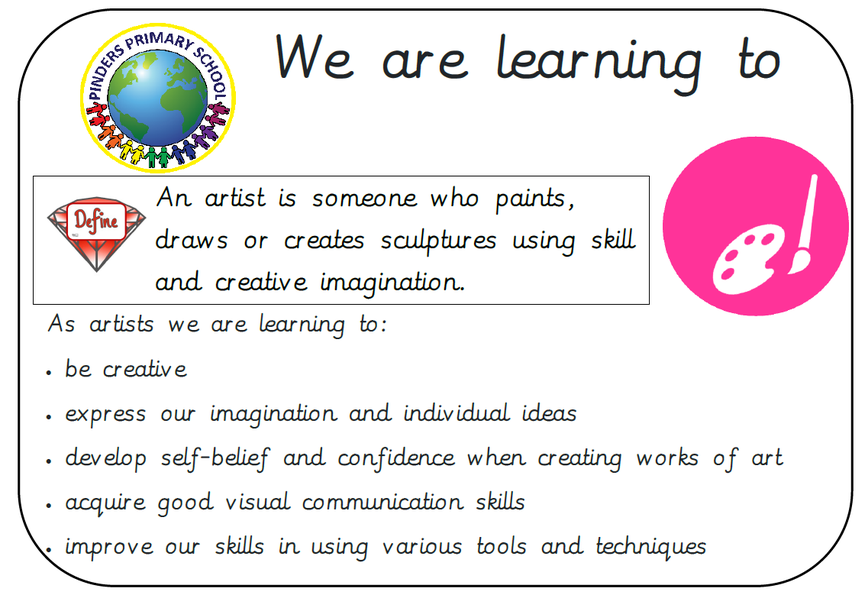
Teaching art in EYFS
In the EYFS Statutory Educational Programme expressive arts and design is a specific area of learning. "The development of children’s artistic and cultural awareness supports their imagination and creativity. It is important that children have regular opportunities to engage with the arts, enabling them to explore and play with a wide range of media and materials. The quality and variety of what children see, hear and participate in is crucial for developing their understanding, self-expression, vocabulary and ability to communicate through the arts. The frequency, repetition and depth of their experiences are fundamental to their progress in interpreting and appreciating what they hear, respond to and observe."
In EYFS planning is unique to the children and incorporates their interests and next steps in their development. Children have access to carefully planned indoor and outdoor provision in which they can develop their expressive art and design skills. This provides them with opportunities to draw, paint and create. Development of their skills are displayed, recorded through observations or added to the floor book to enable children to recall prior learning. EYFS embeds the creative art skills required for the transition to year one.
Art and British Values
Reading in art
Books are a central part of our school curriculum and there are books to support learning within in each art topic. Below is an overview of the books embedded into our art curriculum.
How do we develop cultural capital in art?
Cultural capital is the accumulation of knowledge, behaviours, and skills that a child can draw upon and which demonstrates their cultural awareness, knowledge and competence; it is one of the key ingredients a pupil will draw upon to be successful in society, their career and the world of work.
In art we aim to provide children with opportunities to develop their culture capital by going on school visits and providing art workshops and afterschool clubs.
Significant people in art
When planning our art curriculum we ensured that an artist was introduced within each topic. Our artist display provides children with the opportunity to gain further knowledge about each artist and enables them to research this using the QR codes.
What does art look like at Pinders Primary School?
Curriculum documentation
Relevant subject research links
Parent support/links
Places to visit:
